Earth Observation of Global Change: The Role of Satellite Remote Sensing in Monitoring the Global Environment
🌍 Earth Observation of Global Change – A Satellite’s Eye on Our Planet
“Earth Observation of Global Change: The Role of Satellite Remote Sensing in Monitoring the Global Environment” is a landmark book that explores how satellites are revolutionizing our ability to monitor and understand changes on Earth. From shrinking glaciers to deforestation in the Amazon, from urban sprawl to coral bleaching, this book provides a comprehensive guide to the technologies and applications of Earth observation.
Authored by leading experts in the field, the book breaks down complex scientific concepts and explains how remote sensing data is collected, processed, and used to detect environmental changes across time and space. It highlights the critical role of satellite imagery in studying climate change, atmospheric patterns, vegetation health, land cover dynamics, and water resource management.
This book is ideal for:
- 🌐 GIS professionals and environmental analysts
- 📚 Students of Earth sciences, geography, or remote sensing
- 📡 Researchers working on climate change and land use modeling
- 🛰️ Policy-makers needing data-driven insights on global sustainability
It features case studies, high-resolution imagery, and practical insights on integrating remote sensing with GIS platforms. With increasing demand for real-time environmental intelligence, this book serves as a powerful reference for anyone serious about using satellite data to protect our planet.
Keywords: Earth Observation, Global Change, Satellite Remote Sensing, Environmental Monitoring, Climate Change, GIS, Remote Sensing Applications

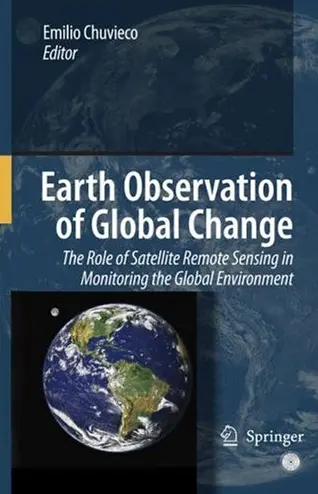
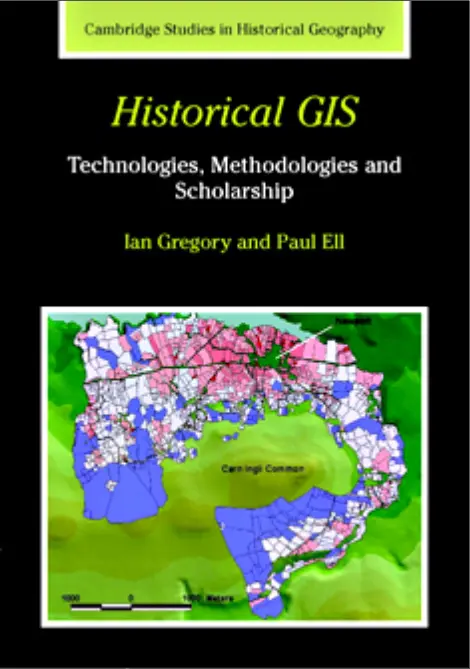
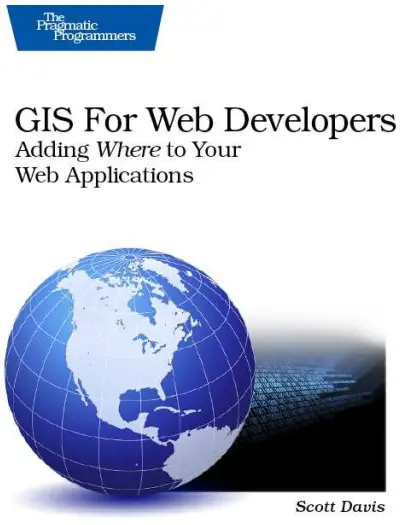
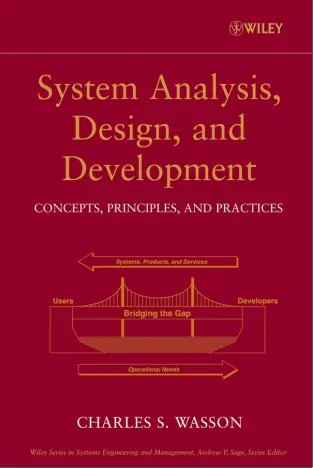
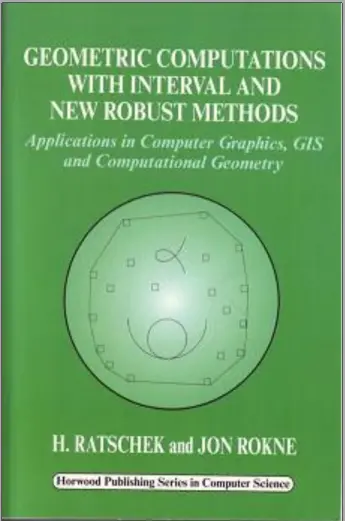

comments
Leave a Reply
Your email address will not be published. Required fields are marked *